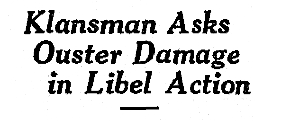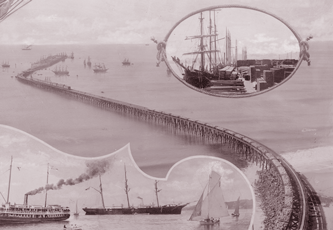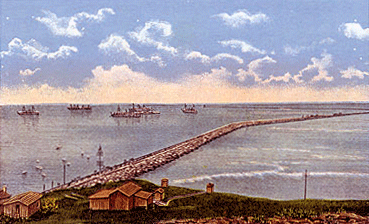August 4, 1927
San Pedro
That Ernest M. Branson just couldn’t leave well enough alone. He was a member in good standing of San Pedro 51, Knights of the Ku Klux Klan, and all was fine and hunky-dory, until he started stirring the pot with his talk. So from under the sheet came a big boot, and out went Ernest; now, Ernest says he was libeled in the written order that banished him from the Kluxers.
What was it ever did Ernest say? To hell with the flag? Hooray for Hebrews? Eucharist is yummy? Thomas Jefferson got it on with Sally Hemmings?
No, all he did was stir up some internal dissension inside the Klan, which resulted in his ouster (maybe he sided with Madge over DC.) That’s gotta be the worst libel of all—accused of making mishegas in the klavern!
So now Ernest has filed a $25,000 ($275,749 USD2006) libel suit against none other than Exalted Cyclops Karl K. Keller.
(Yes, Karl K. Keller. I bet his real name was Herman Flork.)




 The great wharfs and piers of Los Angeles are by and large but a thing of memory. Who cannot tilt a head in wonder as one motors up PCH past the State Historic Landmark signage for the Port of Los Angeles Long Wharf, designating it “site of” the longest wooden pier in the world?
The great wharfs and piers of Los Angeles are by and large but a thing of memory. Who cannot tilt a head in wonder as one motors up PCH past the State Historic Landmark signage for the Port of Los Angeles Long Wharf, designating it “site of” the longest wooden pier in the world?